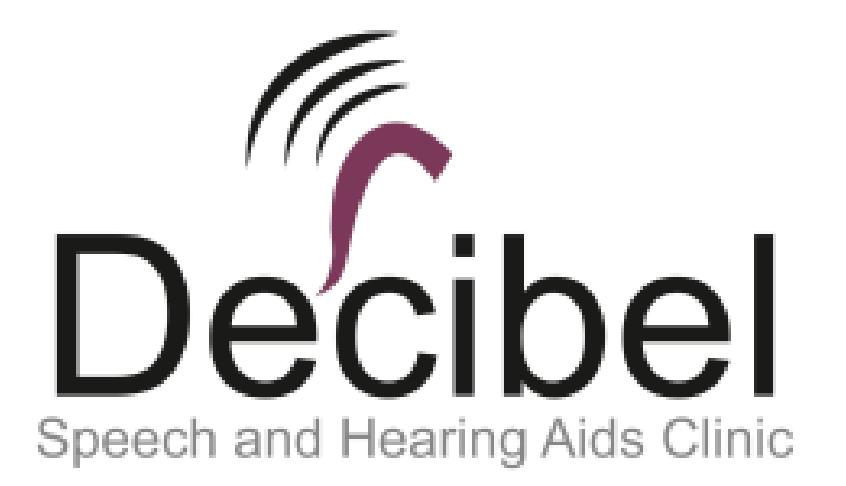How many types of hearing aids are there? Which one should I choose? Are hearing aids uncomfortable? These are some of those questions invading your mind while buying a hearing aid. Thus, buying the right hearing device as per your need is as important as learning signs. With a suitable hearing aid, you can hear proper and clear sounds and feel confident around other people, reduce your social anxiety, and feel free to have comfortable conversations.
Also, In this tour of getting your brand new hearing device, you’ll learn about the different types of hearing aids, your heading needs, the features of these hearing devices, and the importance of your comfort (that surely matters the most).

Understanding Your Hearing Needs
Before we learn about the types of hearing aids, let’s understand your hearing needs. Hearing loss is categorized into three parts: Sensorineural Hearing Loss, Conductive Hearing Loss, and Mixed Hearing Loss.
- Sensorineural Hearing Loss: Damage to the ear nerves or inner ear is known as sensorineural hearing loss. This ear problem also happens when some hair cells within the cochlea are damaged.
- Conductive Hearing Loss: This happens when the sound wave is unable to reach the inner ear. The reason for this hearing loss can be earwax blockage, any foreign object in the middle ear, fluid infection, or any bone abnormality.
- Mixed Hearing Loss: As the name says, this hearing loss is the mixture of Sensorineural and Conductive Hearing Loss. Sometimes, people can have ear problems that lead to a loss of hearing.
Types Of Hearing Aids
After understanding your hearing loss, let’s look at all the different types of hearing aids for all those different types of hearing loss. Collectively, there are a total of 5 types of hearing aids: In-Ear Hearing, Behind-the-Ear, receiver-in-the-ear, in-the-canal, and CROS/BiCROS.
All these hearing devices serve for different types of hearing loss; the In-Ear Hearing aid is suitable for mild to extreme hearing loss. The Behind-the-Ear is also suitable for less to high hearing loss. The difference is the battery and structure of the device. Next is the receiver-in-the-ear hearing aid, just like BTE, that sits behind the ear and transfers the sound through a thin wire in the canal.
Take the First Step Towards Better Hearing!
Visit us to discover the perfect hearing aids your ears deserve.
Features Your Hearing Aids Must Have.
Noise Reduction- This feature enhances the user experience by reducing unnecessary background noises so the person can focus on the main sound they want to hear. This feature is particularly valuable in noisy environments like restaurants.
Directional Microphones- Directional microphones are an important part of today’s hearing devices. The purpose of this microphone is to pick up sounds from specific directions while reducing noise from other directions.
Wireless Connectivity- Wireless connectivity can help users have a seamless hearing experience. This feature helps communicate with several external devices, such as smartphones, TVs, and audio listening accessories.
Remote Controls- With a remote control, one can adjust settings on their hearing aids without physically touching the device. Things you can change with remote control may include volume control, program selection, and some other personal settings.
Direct Audio Input- Allowing users to connect their hearing aids directly to external audio sources, such as TVs or music players. This feature ensures clear and direct transmission of sound signals to the hearing aids.
When you buy your hearing device, comfort should come after the features of hearing aids. Why? Because the structure and design might only be suitable for some due to the distinct ear fit.
Here are some of the things you can consider to ensure your ear comfort:-
Check the size and structure of the hearing aid.
Before purchasing, have your ear canal examined by a professional audiologist.
Choose hearing aids with proper ventilation (airing) features.
Always consider the size and weight of hearing devices.
Look for hearing aids with adjustable settings.
In the end,
Hearing loss can happen to anyone and at any time. Sometimes, it might be genetic, and other times, it can be due to accidents. The conclusion is whatever the reason is, getting proper care and correct help can help someone gain back their previous lifestyle without worrying about their ear. This is why, when you choose the right hearing aids for you, make sure you follow all the things said above and choose the suitable one for your ears.
If you are ready to explore More, check out our collection of various popular brands for all types of hearing devices.


